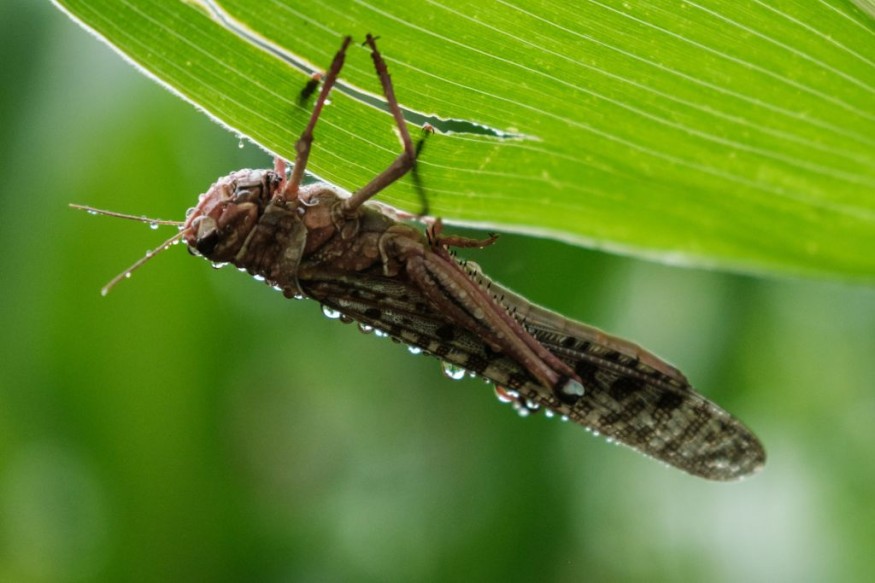
Heavy wind and rain may be causing widespread desert locust outbreaks in important breadbasket regions around the world, according to new research.
Climate change may cause these hungry, crop-stripping locusts' range to grow by up to 25%.
Affected Multiple Countries
The study, published in the journal Science Advances, is the first to demonstrate a strong correlation between large-scale, synchronous locust swarms and certain weather patterns.
The size of these megaswarms is staggering: a single swarm can comprise tens of millions of insects and cover 925 square miles (2,400 square kilometers). Outbreaks, which occur primarily in North Africa, the Middle East, and Asia, can kill thousands of acres of agriculture in a single day, depleting crops of enough food to sustain 35,000 people.
Understanding the causes of these events could help farmers foresee and avoid disasters. However, experts have struggled to identify the drivers.
To find them, the study's researchers looked through a massive database from the Food and Agriculture Organization, which is part of the United Nations.
The database examined the number of locust outbreaks in 36 nations over a 35-year period from 1985 to 2020. The team merged this knowledge with meteorological data on temperature, wind speed, and precipitation.
Researchers discovered "a strong coupling between locust occurrence and climate conditions through our analysis." Specifically, meteorological data revealed that locust outbreaks frequently affected multiple countries at the same time and tended to correlate with periods of severe regional rainfall and wind.
One idea says that locust eggs, which are laid in large numbers in the ground, require high levels of soil moisture to mature and hatch.
Heavy rains also stimulate plant development, providing luscious crops and other plants as a convenient food source for hatchlings, who subsequently grow and take to the skies in swarms. Heavy winds can also aid in transporting locust swarms over long distances, allowing outbreaks to originate in new locations.
Read Also : Locust Outbreaks: Global Warming Could Intensify Locust Swarms in Afghanistan, Iran and Turkmenistan [Study]
Tackle The Problem Globally
The new research paints a grim picture of the future under climate change.
The researchers simulated various climate change scenarios spanning 2065 to 2100, in which lower or greater emissions could result in less or more future warming.
According to study researcher Xiaogang He, an assistant professor of environmental engineering at the National University of Singapore, even under a mitigated scenario with a dramatic carbon emissions cut, there will still be at least a 5% increase in locust habitat, and existing hotspots in Africa and Asia will continue to experience swarms.
In a business-as-usual climatic scenario, locusts would spread into previously uninhabited areas such as western India, Iran, Afghanistan, and Turkmenistan.
"Given the critical roles of Africa and South Asia as global breadbaskets, concurrent locust infestations have the potential to trigger widespread crop failures, jeopardizing global food security," He said.
He expects that the findings will demonstrate the interconnectedness of locust outbreaks. Addressing the issue globally, rather than country by country, could help scientists better predict locust outbreaks, which could then guide early-warning systems.
Those could assist farmers in preparing, such as harvesting crops early and storing them or covering them with locust-proof nets.
Related Article : Desert Locust Swarms Wreak Havoc Across Ethiopia, Termite Swarms Reported in Other Regions
© 2025 NatureWorldNews.com All rights reserved. Do not reproduce without permission.





